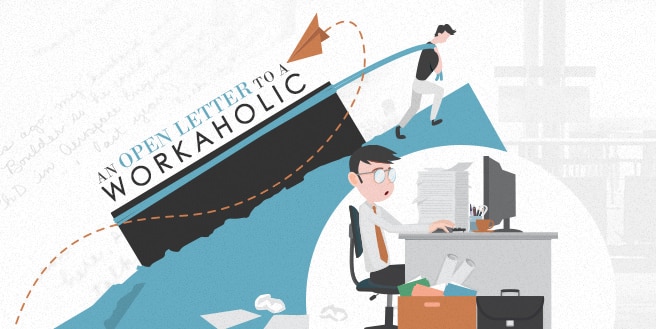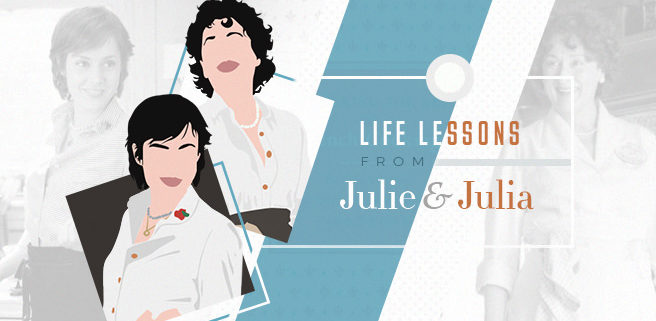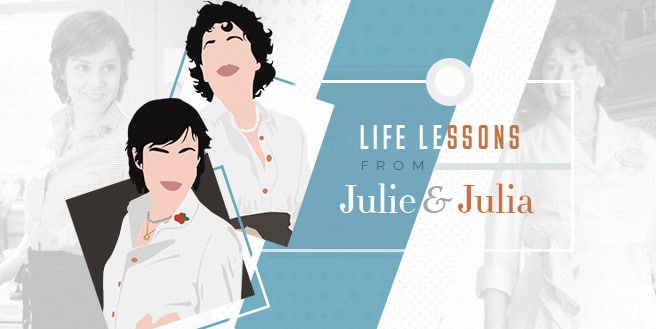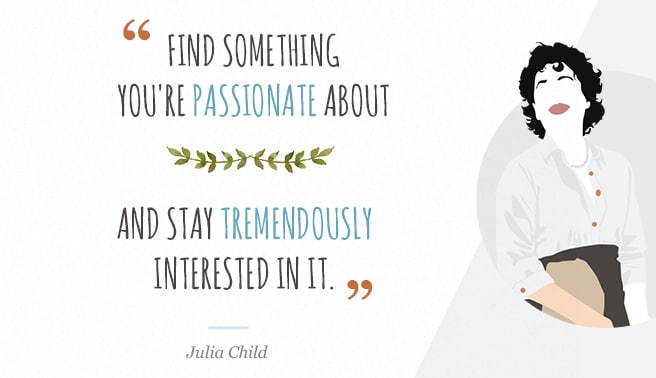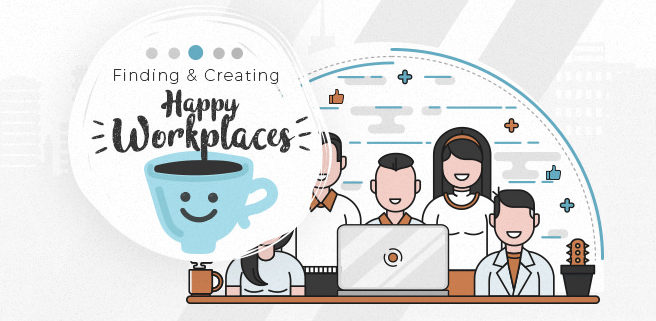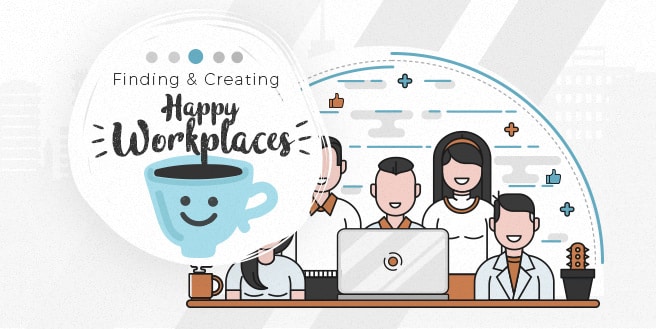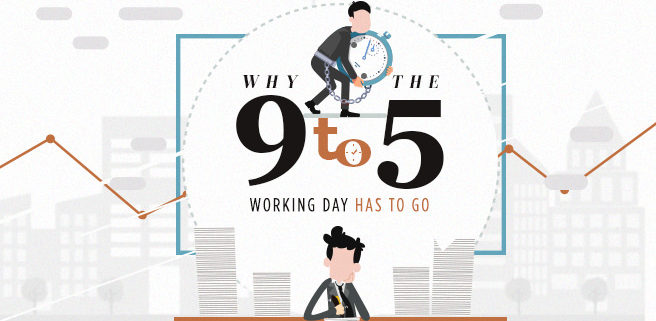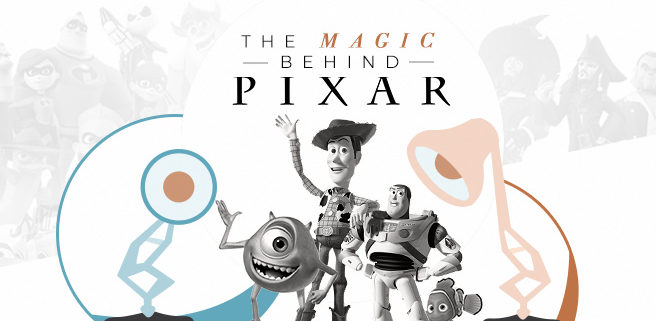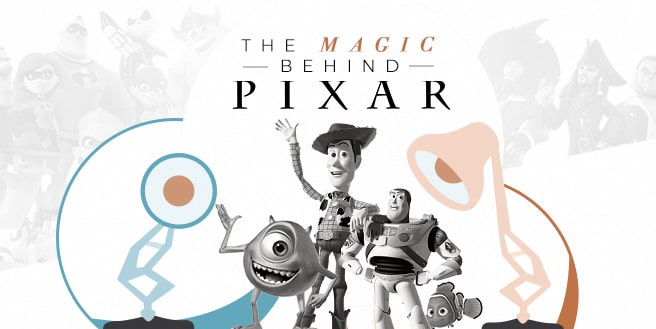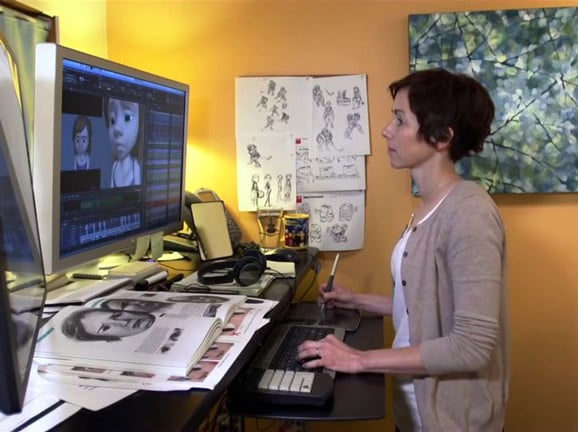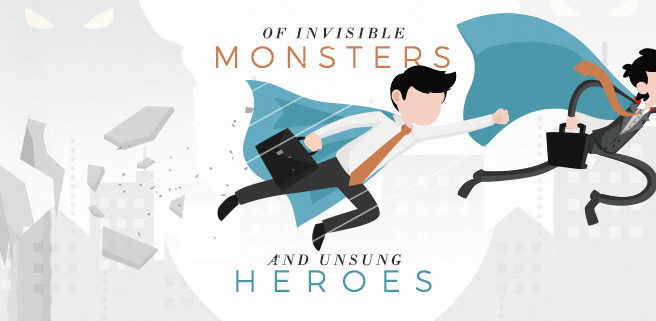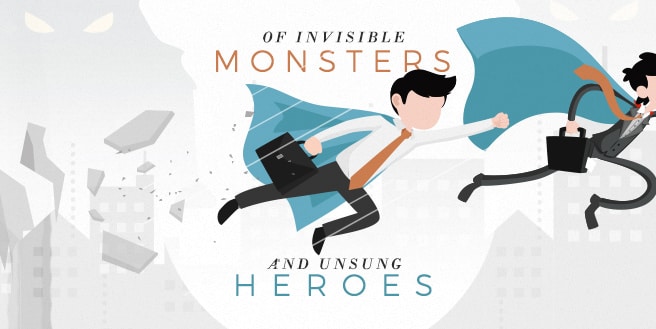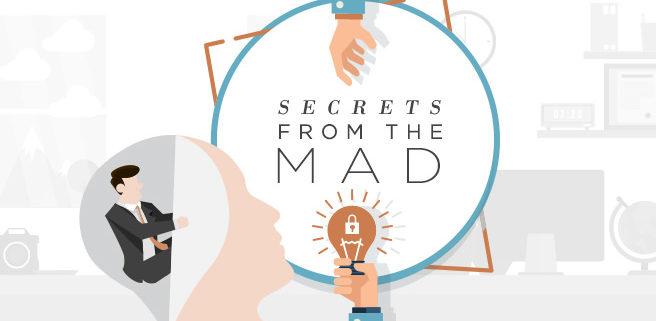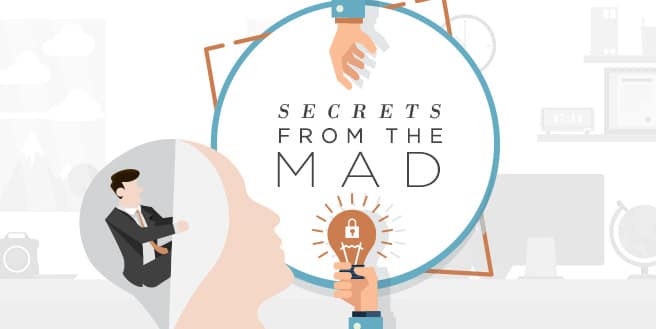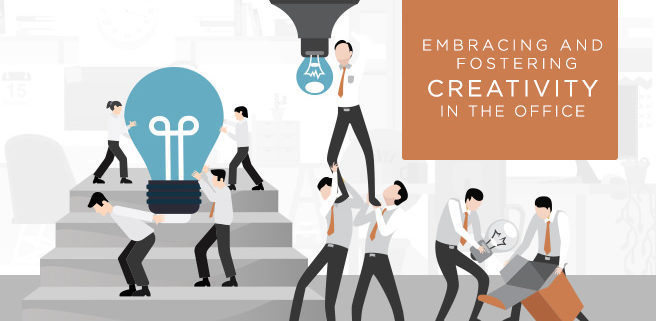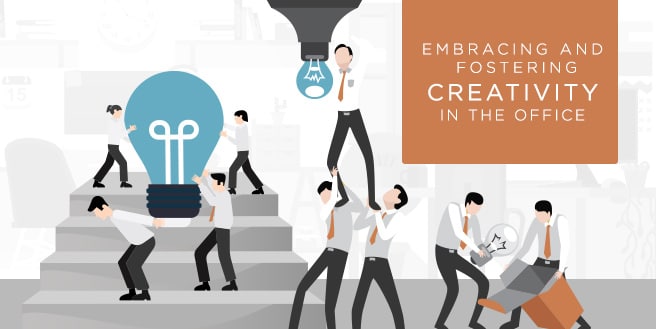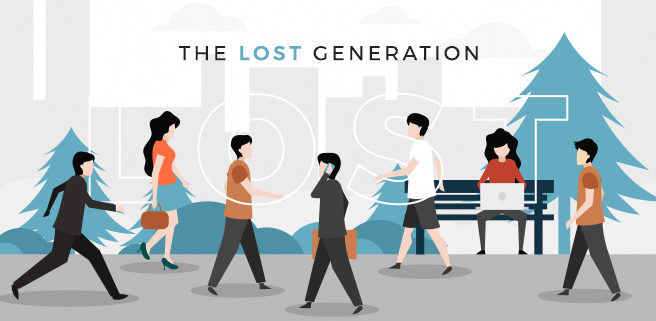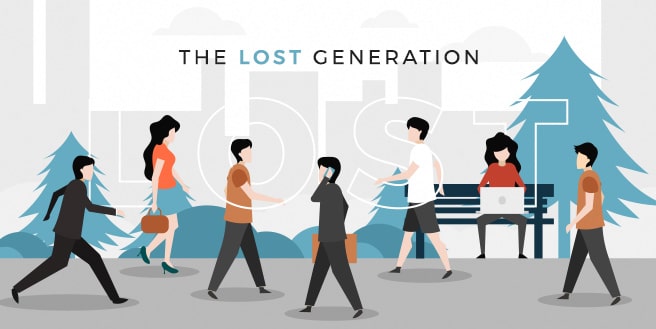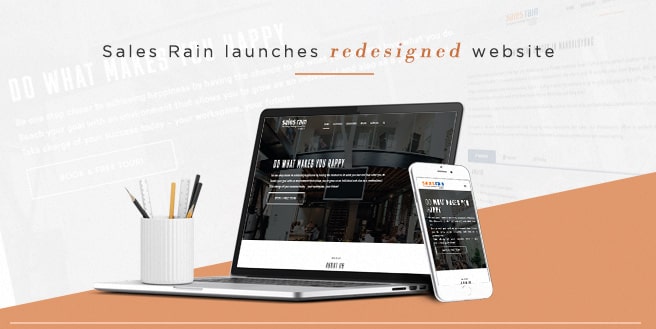An Open Letter To A Workaholic, From Last Year’s Employee of the Year
Dear Employee of the Year,
Hey, I think it’s time to take a break. I’m serious. You’ve been sitting there, staring at your screen for the past 5 hours. Don’t you want to go out for some fresh air? Or why don’t we stretch our limbs for a while?
No? Well, I tried. What else can I expect from a workaholic? I probably shouldn’t have asked. But hey, I get it.
We want to get as many tasks done within our 9-to-5 shift. We want to have enough energy for other important matters in our life. We try to juggle a lot of things all at once. We want to stay focused every waking minute so that we can perform better.
The internet have helped us get work done easier. We can now send important emails anywhere we may be. Heck, we can participate in a meeting even if we’re still in the comforts of our bedrooms at home. At the same time, the internet ruined the concept of time, of creating a separation between time spent for work and time spent for other pressing matters in our life. We bring work anywhere we go. We’ve become walking bodies glued to their mobile phones and tablets. We eat emails for breakfast and have proposals for dinner. The internet somehow did the opposite of things for us. I mean you surely worked even more than before right?
Props to you Mr.and Ms. Workaholic, in all honesty. You deserve the title employee of the year. So I guess, it’s only fair – if not, it’s actually right – for you to take a break.
And, I mean an actual break. You know, one where you switch off everything the moment you step outside the premises of your office. No more emails or work-related phone calls. Be present with those around you. Listen to your family as they tell you about their day during dinner. Your smart brain feeds off of information and though nothing’s really wrong with that, it gets toxic when we fire ourselves up resulting to even more physical and emotional exhaustion.
It’s tough. I can only imagine how hard it is to break a habit but this is the only way for you to have an actual restful break. And believe it or not, uninterrupted breaks are actually essential to creative and critical thinking. If that doesn’t work then why not try this technique a friend of mine uses. It’s called the Pomodoro Technique. It’s all about setting time blocks per task. You have 25 minutes to fully concentrate on the task at hand. After doing so, you have a 5 minute break that allows you to do whatever it is you want. Grab a cup of coffee or maybe go for a walk. It actually works. You see, with this technique, we can fully immerse ourselves to either working or playing. It helps your bright little brain stay sharp by avoiding switching tasks.
And you know what else you can do so that you actually make the most out of your breaks? Why not try repurposing your workspace? We have the ability to shape the space that surrounds us in the same way that it shapes us. Changes are constantly being applied in numerous workspaces. The advance technology have made working different for us. And with the emergence of digital nomads or that guy we barely see come in, offices are being designed to encourage concentration and short breaks.
I mean have you seen the coworking spaces around here? They’re multiplying and for a good reason. They give their members plentiful of freedom to value short breaks. Plus, you should see all the different workspaces that you can use. Please, don’t mistake this as some sort of a workaholic-intervention whatsoever. You are entitled to choose whether you’ll listen to me or not. All I want to do is to remind you that you are more than your work. You deserve a sufficient amount of rest.
Yours truly,
Last Year’s Employee of the Year


